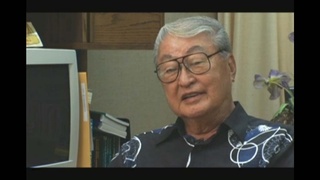Interviews
Finding a way to keep donor kidneys longer in order to ship to matched patients
We wanted to have successful transplants. In order to get there, there’s many things that we had to solve. One of the interesting projects was to figure out how to keep a kidney so that it could be shipped to the matched patient. See, we saw that in Los Angeles, even with this large population, oftentimes when we have a kidney from a donor, it wouldn’t match anybody in Los Angeles. So we knew from that time, that throughout the United States, we had to have a system of shipping kidneys. And that’s the reason why I spent a lot of effort trying to make a solution that we could put into the donor kidneys and have the donor kidneys survive for a long time—at least two days. This was our objective. So once we got that kind of a solution, it became possible to ship kidneys from one city to another. And today, as many as more than 10,000 kidneys have been shipped in the United States to matched patients.
Date: February 10, 2004
Location: California, US
Interviewer: Gwenn M. Jensen
Contributed by: Watase Media Arts Center, Japanese American National Museum.




